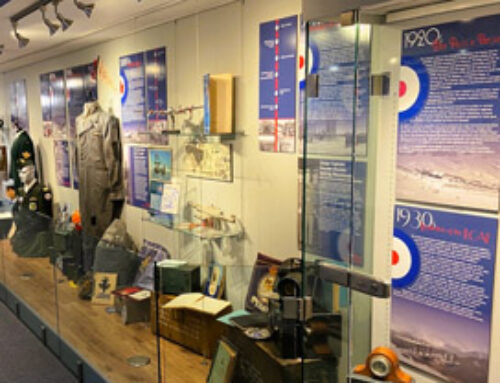The wildly popular Wildlife Photographer of the Year exhibition from the Natural History Museum, London and BBC Worldwide returns to the Royal British Columbia Museum in Victoria with 100 winning images from the 2012 global competition in huge, backlit displays.
Photographers from Estonia to Taiwan are among the winning entrants, but the overall winner this year – Wildlife Photographer of the Year 2012– is Paul Nicklen from Nanoose Bay, Vancouver Island. His “Bubble-jetting emperors” underwater image of a sunlit mass of Emperor penguins was voted the most striking and memorable of all 48,000 international entries.
The exhibition features 100 photographs from 98 countries in 19 categories, including Young Wildlife Photographer of the Year, Gerald Durrell Award for Endangered Wildlife, World in Our Hands and Wildlife Photojournalist of the Year. Each photographic situation is described by the photographer, along with technical details including camera, lens, aperture and exposure.
“Last year’s exhibition of the 2011 contest winners was a huge hit. Visitors returned again and again,” said Tim Willis, Director of Exhibitions and the Visitor Experience. “The images and their stories are stunning. In this age of digital high definition film, it’s fascinating to see the power of still images at work… and these are the finest on the planet. We are delighted to be the first in the world outside London to present Wildlife Photographer of the Year.”
The exhibition isn’t all about creatures either, it includes wild plants and wild places. Photographer Adam Gibbs of New Westminster, BC, was commended for his shot of a miniature Douglas fir growing from a submerged nurse stump in Fairy Lake near Port Renfrew. It appears to be the work of a bonsai master, but is perfectly wild.
Paul Nicklen’s expertise shows in “Spirit of the Forest” a Kermode bear enjoying salmon while lounging in mossy coastal forest. The white-coated bear was named in 1905 after Francis Kermode, one of the early curators at the provincial museum, now the Royal BC Museum.
Wildlife Photographer of the Year includes both humorous and thought-provoking captures, from the raven on a ‘bad hair day’ to photojournalism portfolios. Impactful images range from storks picking over garbage dumps to the brutal and illegal harvest of rhino horn. There are also carefully crafted images by young photographers from ages 10 to 17, in three age categories.
Activities for younger visitors during the run of the exhibition include a Young Photographers Contest in February; a Spring Break Photographic Day Camp – Focus on Nature; and Wonder Sunday: Dancing the Wild Life on March 31.
The 2012 Wildlife Photographer of the Year exhibition closes April 1, 2013.






Leave A Comment